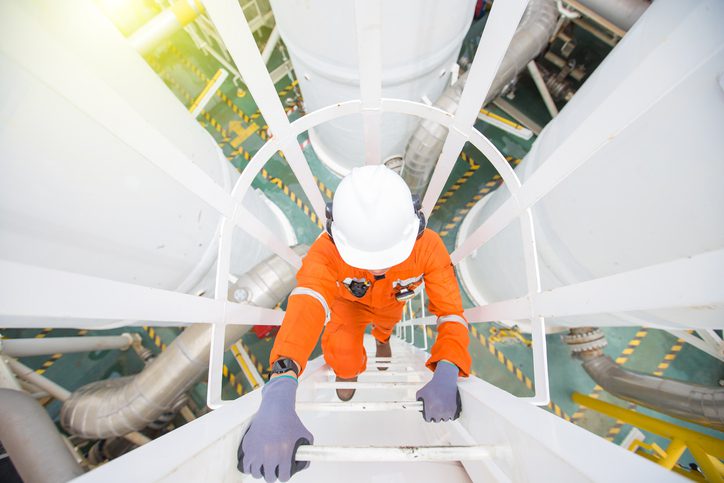Securing Lone Workers in High-Risk Tasks
In the UK’s diverse workforce, many are lone workers: individuals who work alone without close or direct supervision. Predominantly employed in high-risk tasks, these workers are exposed to potential hazards that, if left unmitigated, can lead to dire consequences. Ensuring their safety and security is thus crucial.
The categorisation of lone workers and high-risk tasks is paramount in the context of UK work regulations. Legally, a lone worker is defined as an individual who performs their professional duties independently without immediate oversight. This can range from remote workers and mobile workers traversing various locations to those onsite working in isolation from their colleagues.
High-risk tasks are those with an increased propensity for accidents or potential health hazards. They are defined by the level of potential harm they may inflict, often requiring specific technical skills to mitigate. These tasks include but are not limited to, working at great heights, operating heavy machinery, and conducting duties in confined spaces where air quality and emergency egress could be compromised.
Legal Obligations for Employers in the UK
UK employers are bound by a framework of stringent legislation, designed to safeguard the welfare and safety of all employees, including lone workers. This framework is underpinned primarily by two statutes – the Health and Safety at Work Act 1974 (HSWA) and the Management of Health and Safety at Work Regulations 1999 (MHSWR).
The HSWA, often referred to as the cornerstone of health and safety legislation in the UK, places a general duty on employers “to ensure, so far as is reasonably practicable, the health, safety, and welfare at work” of all their employees. This duty extends to the provision of safe systems of work, information, training, supervision, and a safe working environment.
Further, the MHSWR obligates employers to assess the risks to the health and safety of their employees while they are at work and to implement appropriate preventive and protective measures. For lone workers, this necessitates specific assessments considering their particular vulnerabilities, such as lack of immediate support in an emergency.
Learn more about UK health and safety legislation in our guide.
Download Guide
Safety Strategies for Lone Workers
The safety of lone workers, steeped in its unique challenges, calls for a holistic strategy encompassing three critical elements: training, technology, and culture.
Training is the backbone of safety. Lone workers require comprehensive and ongoing training tailored to their specific roles, risks, and circumstances. This training should not only focus on the mechanics of their tasks but also hazard identification, risk assessment and mitigation, emergency procedures, and best practices for health and safety.
Technological solutions in the form of lone worker apps and devices have become indispensable in ensuring the safety of employees working alone. GPS tracking technology facilitates real-time location monitoring, enabling swift response in case of an emergency. Alarm systems can trigger automatic alerts in case of potential threats such as falls or unresponsiveness. Check-in software allows for regular touchpoints between workers and supervisors, ensuring the wellbeing and safety of the worker.
In the context of those working at height, innovative safety equipment like the AccuFit free standing guardrail provides a non-penetrative, robust fall protection system offering a high degree of worker safety. Similarly, lone worker devices can be configured with fall detection technology which is able to detect when a user has fallen – potentially leaving them incapacitated – and automatically raise an alarm on their behalf.
Personal protective equipment (PPE) forms the first line of defense against many hazards. PPE should be carefully selected based on the specific risks of the job, regularly inspected and maintained, and workers should be thoroughly trained in its proper use.
Creating a culture of safety is a vital yet often overlooked strategy. A positive safety culture encourages workers to take ownership of their safety, fostering an environment where safety concerns are openly communicated, and proactive safety behaviours are recognised and rewarded. Safety culture is not a policy document but a living practice within the organisation that values and prioritises worker safety above all else.
Securing the safety of lone workers in high-risk tasks is not just a legal obligation; it’s a moral one. By implementing comprehensive risk assessments, utilising modern safety technology, investing in training, and fostering a culture of safety awareness, we can create a safer working environment for the UK’s lone workers.







